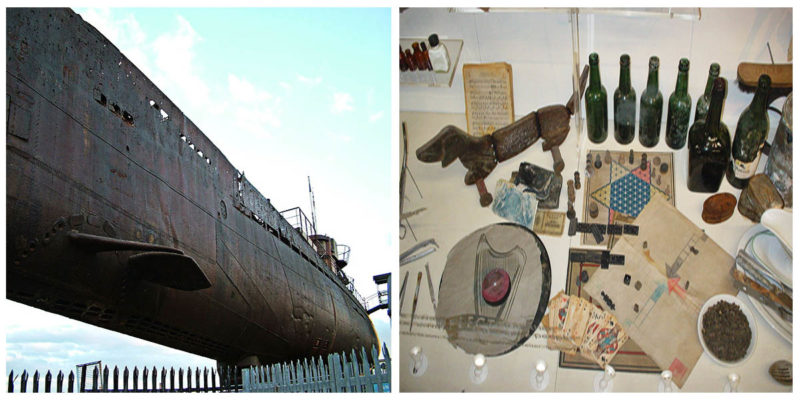U-534 is a Type IXC/40 U-boat of Nazi Germany’s Kriegsmarine built for one purpose only; destroy any enemy opposing the Third Reich.
The submarine was built by Deutsche Werft, a shipbuilding company located in Finkenwerder Rüschpark, Hamburg, Germany. She was launched on 23 September 1942 and entered service on 23 December under the command of Herbert Nollau. U-534 is one of only four German submarines that served during the Second World War which are still preserved today, carrying with them the ghosts of the past.
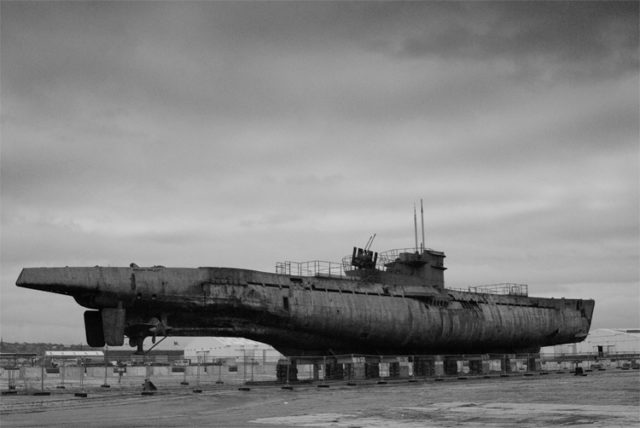
The name may sound a bit frightening but this submarine was only used for training and weather reporting purposes. During the Second World War, her kill score of other ships was zero.
The Type IXC/40 submarines such as this are slightly bigger that the original Type IXCs. During the time at which the submarine was on the surface she had a displacement of 1,144 tonnes and when she was underwater that number increased to 1,257 tonnes.
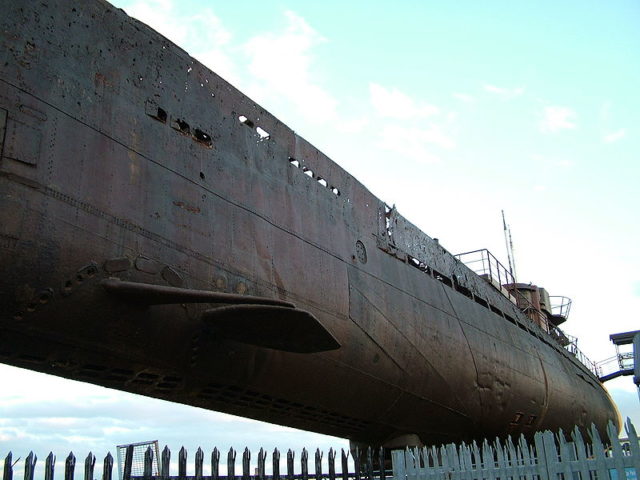
The total length of U-534 is exactly 251 ft 10 in. The pressure hull length is 192 ft 9 in, while the height measures some 31 ft 6 in. She was powered when on the surface by two MAN-M 9 V 40/46 supercharged four-stroke, nine-cylinder diesel engines. Once submerged, there were the two Siemens-Schuckert 2 GU 345/34 double-acting electric motors.
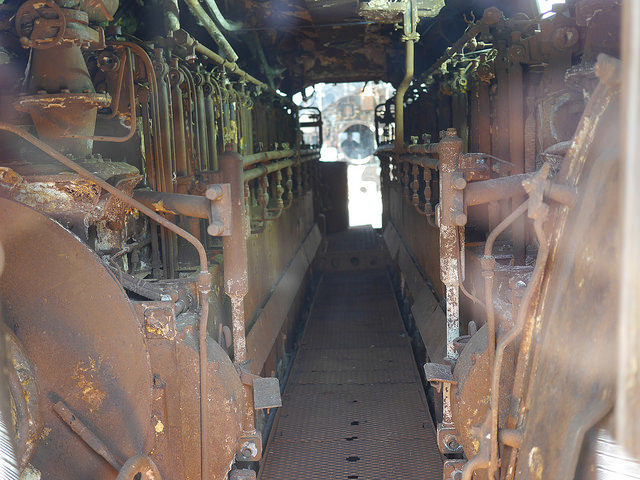
The submarine was able to operate underwater at the top speed 7.3 knots up to a depth of 750 feet. On the surface, she could reach 18.3 knots, but traveling at 10 knots she had the massive range of 13,850 nautical miles.
U-534 was primarily for training purposes but she also served as a weapon testing boat. She was the first submarine to test the new acoustic torpedo Zaunkoenig T-5, a precise torpedo that was so deadly it could track down and hit any submarine, including the one that launched it. After her salvage, U-534 was found to be carrying the experimental T11 torpedoes.
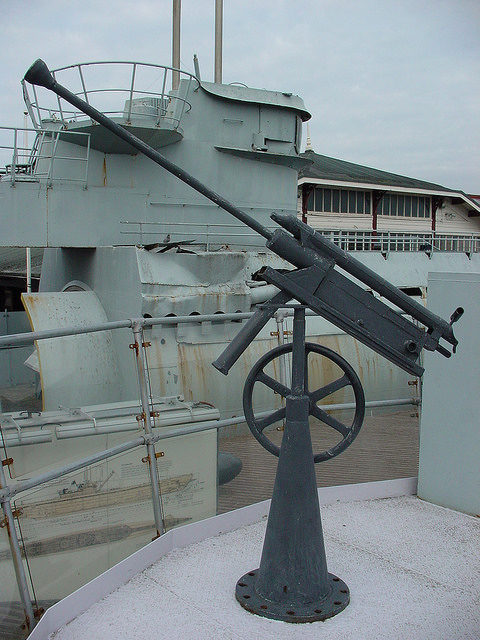
She was first assigned to the 4th U-boat Flotilla that was based in Stettin until February 1943. After this, she was given a new configuration where the main gun was removed, and a flak gun was added. Then she was assigned to the 2nd flotilla based in Saltzwedel.
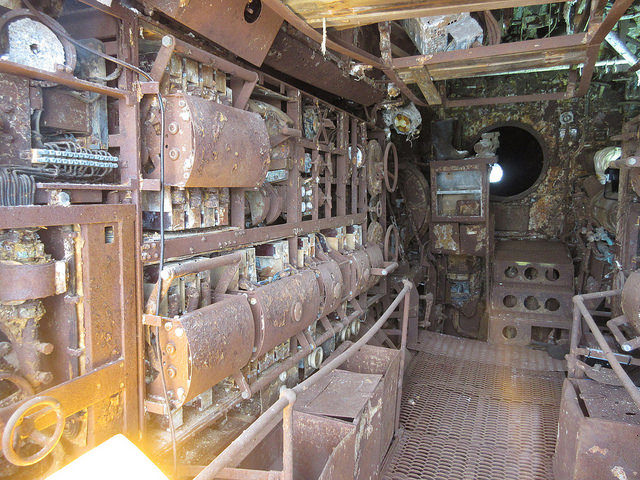
On May 1944 she was assigned to weather reporting duty off the coast of Greenland with U-857 and U-437. In August that same year, she was tracked down and attacked by an aircraft but escaped undamaged. She wasn’t that lucky a couple of days later when the three U-boats were attacked by two RAF bombers. Despite the damage she sustained, U-534 made it to Bordeaux for repairs. She was later sent to Kiel for a massive refit, where she was laid up until 1st May 1945.
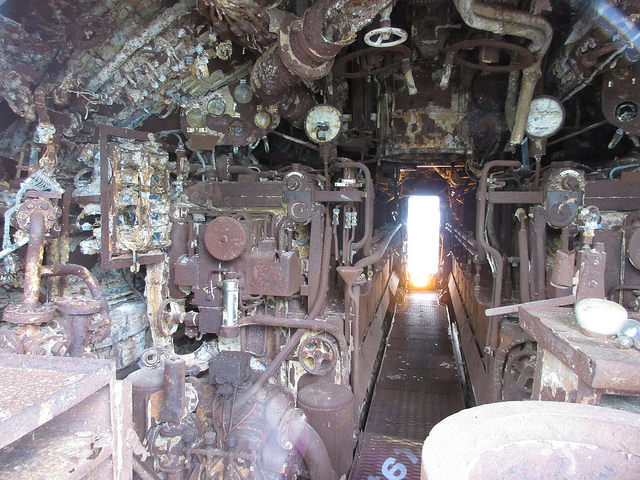
On May 5, 1945 as she sailed towards Norway, the submarine was again attacked by two RAF Liberator aircraft. The first one was gunned down, but the second one did its job well. One depth charge hit the U-534 submarine right on her aft section by the engine rooms. Most of the 52 men on board escaped before she sank. U-534 lay on the bottom of the seabed for over 40 years until she was discovered to the north-east of Anholt by the Danish wreck hunter, Aage Jensen. Quickly the group contacted the Danish media millionaire Karsten Ree, who generously sponsored the raising of the wreck.
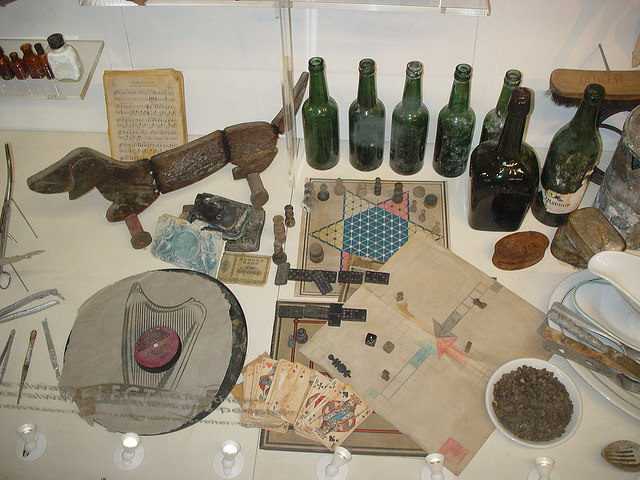
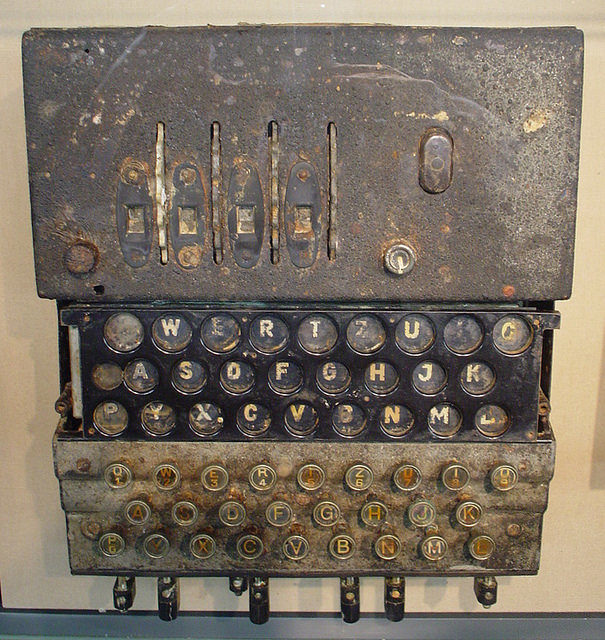
What made the wreck of U-534 so attractive were the rumors that the submarine was carrying the legendary lost Nazi gold, sparked by the fact that captain Nollau appeared to be continuing his mission despite that Admiral Dönitz had already ordered all of his U-boats to surrender.
She was raised to the surface on 23 August 1993 and upon opening the salvage team realized that, after all, the lost Nazi gold will continue to linger among legends. And the question of why U-534 failed to surrender also remains a mystery.
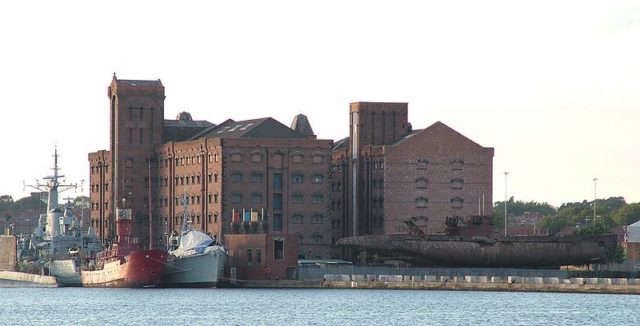
Then she was transported in 1996 to Birkenhead, England where she became part of the Warship Preservation Trust’s collection until the museum closed ten years later. She was purchased by Merseytravel for display at the nearby Woodside Ferry Terminal, but not before she was carefully cut into five sections using a diamond wire cutter. The sections were transported to their new home by floating crane, where they now remain at the U-boat Story museum.
